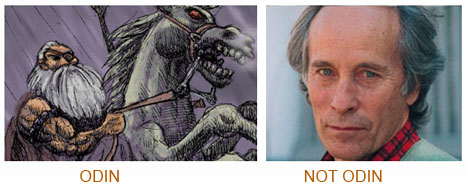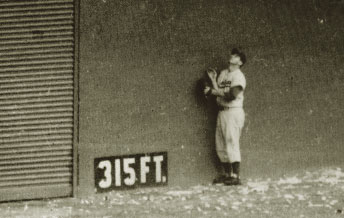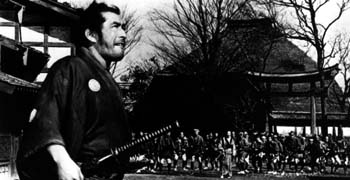The Big Crystal
 Tuesday, February 13, 2007 at 11:00AM
Tuesday, February 13, 2007 at 11:00AM  "The way I usually work is to try and find some little thing — a concept or a bit of dialogue or whatever — and then let a story grow from there, with as little preconception as possible."
"The way I usually work is to try and find some little thing — a concept or a bit of dialogue or whatever — and then let a story grow from there, with as little preconception as possible."
The above is from an interview with George Saunders, another influence/inspiration of mine. I have come to realize that the authors I admire know a lot about the craft of writing - maybe this is obvious, but when I read interviews with these writers I am always blown away by the attention to craft and detail. Usually, right after this I give myself a stern talking too, "gotta dig deeper, better sentences, better structure, better everything."
Saunders has been called the new Vonnegut, but he is much more. His stories rings with satire, emotional depth, and sometimes pure wackiness. After I read Pastoralia, I tried to find out as much as I could of this guy, who seemed to appear out of nowhere and boom! And by boom I mean, every (EVERY!) story in Pastoralia was published first in the New Yorker. Nice work if you can get it.
The much more is that emotional depth and resonance - Vonnegut had it too, but in a different way. I wondered, did he start out thinking the theme of the following story is going to be....(insert observation of the human condition here).....
In the mentioned interview he talks about this, how stories grow in the writing. He uses this beautiful metaphor:
__
"So my favorite metaphor for the thing you’re talking about is the seed-crystal metaphor. Like in high school biology: you put the thing in water and it starts growing. The key, for me, is that the crystal is not trying to grow in a certain direction, or to make a certain pattern, or because it wants to be a certain kind of Big Crystal when it’s done. It is, I suppose, following some sort of path of least resistance. That is what it feels like, in the best case. I am not trying to do anything in particular, except stumble on something."__
This interview nailed exactly what I had been thinking about (I read it about a year ago). You start with story, not theme, and see where it goes, or better, where it grows. A good friend had been telling me this for quite a while. I'd hear it and go, "yeah, yeah, but you gotta start with somethin important." I can be a slow learner.
The concept is a very freeing one - put the thing in water and see what happens. Write a sentence that starts:
William lifted the lid on the strange container at the exact moment that his wife collapsed in the room next door.
Not a great sentence, but I wonder what I might stumble across.
Link to George Saunders (2005) interview at Maud Newton's blog.
Boston Review of Pastoralia






